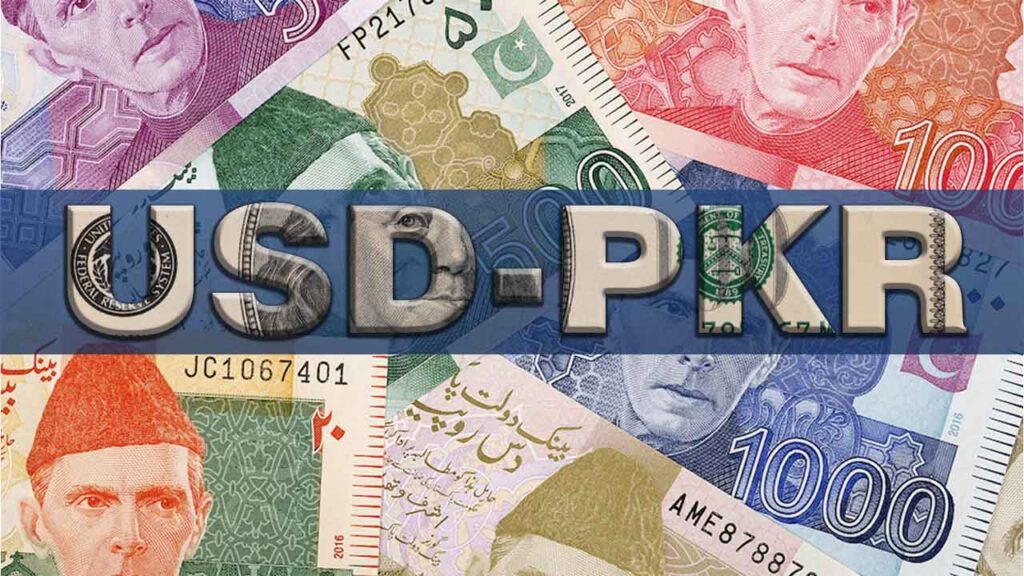- Tanveer Abbas
- 52 Minutes ago

IMF flawed structural bench mark responsible for continuous fall of rupee
-

- Web Desk
- Aug 23, 2023

ISLAMABAD: International Monetary Fund (IMF) structural benchmark is being cited as the reason for the continuous fall in exchange rate.
The IMF’s Standby Arrangement (SBA) programme of $3 billion placed a continuous structural benchmark under which the average premium between the interbank and open market rate will be no more than 1.25 percent during any consecutive five business-day period.
“This flawed structural benchmark has changed dynamics of the currency market as the open market rates will start driving the exchange rate against the earlier practice that interbank used to be the driving force behind the exchange rate fluctuations,” top official sources confirmed while talking to The News.
Amid massive fluctuations in the currency market in recent days, Pakistani authorities have been left with no other option but to request the IMF to review the Fund’s condition.
Now the open market has witnessed a nosedive in rupee value against the dollar and the rate hovered around Rs310 to Rs315 depending upon those who possessed valid traveling documents, including passport, visa and air tickets and those who are just buying dollars owing to speculations.
On the other hand, the interbank market also witnessed an all-time low of Rs299 against the US dollar in the interbank market.
“This practice might continue if the IMF condition for keeping the rate between interbank and open markets not more than 1.25 percent intact because it has changed the dynamics of Pakistan’s currency market.
US dollar maintains historic high rate
Now the caretaker government will have to make a request to the IMF for review of this policy structural benchmark,” said a top official.
The SBP has been continuously breaching this condition for the last several days and there is no limit to keep the exchange rate stable keeping in view the volatile environment when Pakistan is desperate to attract dollar inflows at a time when the outflows exceed the inflows with substantial margins.
Pakistan has obtained $2.8 billion in the shape of time deposits and guaranteed loans from China as well as from other multilateral and bilateral creditors. There is another $2.2 billion received by the SBP from the IMF and other bilateral creditors to shore up the foreign exchange reserves but this kind of dollar inflows failed to stabilise the exchange rate.





